Saturday, December 1st is World AIDS Day. The theme this year highlights our public health goal of "Getting to Zero" -- that is, zero new cases of HIV. We couldn't be further from this goal, especially in the black community. The world has been commemorating the HIV epidemic for nearly 30 years. Why, then, have I recently encountered scenarios in the community that highlight our lack of basic HIV education, or simple actions to address the epidemic like a 50-year-old male small business owner inquiring if HIV could be spread by sharing utensils, the high school student believing he is at risk for contracting gonorrhea but not HIV, or meeting a 73-year-old female patient whose doctor had failed to diagnose her with HIV over 10 years ago? World AIDS Day happens once a year but the remaining 364 days of the year, HIV is thriving amidst silence, denial and misinformation. The community remains uneducated and detached from this preventable and wholly treatable condition. In honor of this World AIDS Day, there important facts everyone needs to know and understand about HIV in 2012.
First, AIDS is not a death sentence. Because excellent treatment is now available, it no longer matters if a person has AIDS. People with HIV and AIDS who are on treatment can live a long healthy life. Nowadays treating both HIV and AIDS is as simple and effective as treating diabetes or high blood pressure. I often hear concerns from community about HIV medications being worse than the disease itself. This is no longer true. There are now 30 medications available to treat HIV, some of which are only one pill a day regimens. Furthermore, these medications have few side effects. In fact, most of my patients don't have side effects. These medications are a game changer. It's great news for people with HIV.
Second, HIV usually has no symptoms for many years. Therefore, one way to know if you have HIV, is to ask your healthcare provider for an HIV test. Contrary to popular belief, HIV testing is not yet automatic in a doctor's office like a cholesterol or diabetes test. Although the federal recommendations say healthcare providers should test for HIV, the vast majority, namely doctors, have not heeded this guidance. If you have never been tested for HIV, regardless of your age, sexual orientation or involvement in a long-term relationship, including marriage, ask for the test, even if your provider says you do not need one. It is better to know, get treated and live a long life.
Third, HIV is not a gay disease or a disease of youth. Nationally, 30 percent of all new cases of HIV are among women and over 50 percent of new cases are detected between the ages of 30-50. The perception that HIV is strictly a gay disease is one of the reasons the epidemic continues to ravage the black community. Over 50 percent of my patients are women and of the men, half are heterosexual. HIV has begun to affect all groups in society. We have to move beyond the gay stereotype and think of HIV as a treatable chronic disease like diabetes because it is.
Fourth, treatment for HIV and AIDS reduces the chances of passing the virus on to someone else. The treatment for HIV keeps the virus out of the bloodstream and bodily fluids. If the virus is not present in these fluids, it is unlikely to be passed to another person. A recent study in HIV positive people who had HIV-negative partners showed that when the positive partner was on treatment the negative partner stayed negative 96 percent of the time. This is a tremendous breakthrough in HIV science.
Finally, no one should ever die of AIDS. Unfortunately, many people arrive at my office for their first visit because they have become sick or begun to show symptoms of HIV. A few have even waited until it was too late and died of HIV. What kept most of these people out of my office is the shame and embarrassment of contracting HIV. This shouldn't be. HIV is a preventable and treatable disease. It is certainly within our power to address this public health scourge. We can do it. But we must become educated about the disease, its prevention and treatment. So what can you do? Here are a few suggestions: 1. Get an HIV test and take your loved one or your neighbor with you, 2. If you are HIV-positive, seek treatment and 3. Stop judging and speaking ill of people who have HIV. If we really are going to get to zero, that's certainly a good start.
To find out where you can get tested for HIV click here or call 1-800-448-0440
Contact Dr. Lisa at Promotingpracticalhealth@gmail.com
